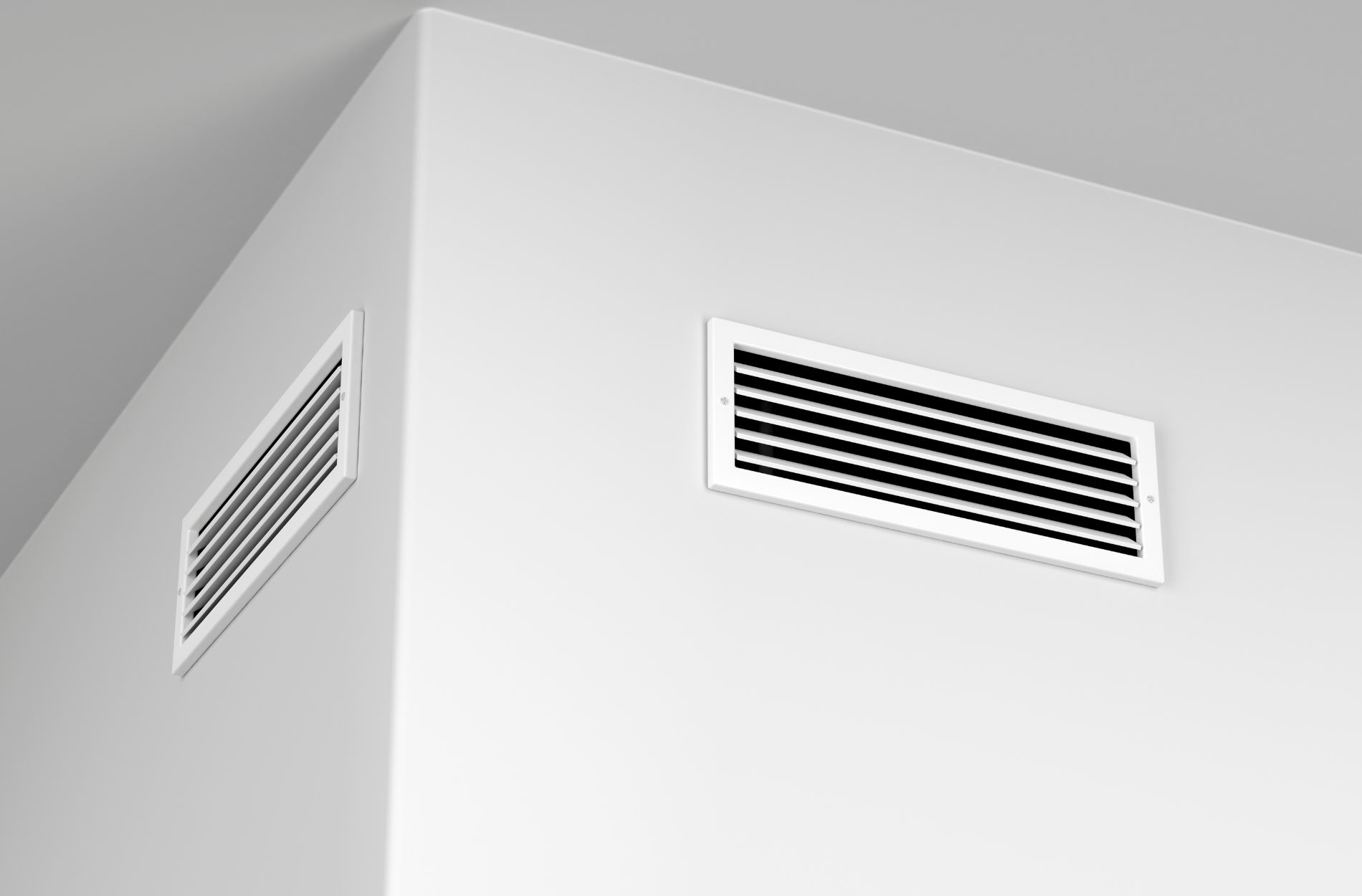Proper ventilation is essential for maintaining healthy indoor air quality and ensuring a comfortable living and working environment. Energy Recovery Ventilation (ERV) and Heat Recovery Ventilation (HRV) systems are often recommended for commercial and residential properties as efficient ventilation solutions. Both systems can provide significant benefits in terms of energy savings and improved air quality. However, it’s essential to understand the key differences between ERV and HRV systems to make an informed decision about which system is best suited for your specific needs.
We will explore the core differences between ERV and HRV systems, discuss the benefits and drawbacks of each, and provide insight into the factors that can help determine the most suitable solution for your property. As industry professionals with extensive experience in ventilation services, we are here to offer expert guidance and support throughout the selection, installation, and maintenance process for your chosen ventilation system.
Understanding Energy Recovery Ventilation (ERV) Systems
Energy Recovery Ventilation systems are designed to exchange stale indoor air with fresh outdoor air while minimizing the loss of energy. This process not only improves indoor air quality but also helps regulate temperature and humidity levels. Key features of ERV systems include:
1. Heat Transfer: ERV systems transfer heat between incoming and outgoing air, helping to maintain a consistent temperature and reduce the workload on your HVAC system.
2. Humidity Control: ERV systems are designed to transfer moisture between the incoming and outgoing airstreams, which can help regulate indoor humidity levels and alleviate problems associated with excess moisture.
3. Efficient Operation: ERV systems are energy efficient, meaning they can help lower energy consumption and reduce utility costs.
Understanding Heat Recovery Ventilation (HRV) Systems
Heat Recovery Ventilation systems function similarly to ERV systems in that they exchange stale indoor air with fresh outdoor air. However, HRV systems are primarily focused on heat transfer rather than humidity control. Key features of HRV systems include:
1. Heat Recovery: HRV systems transfer heat from outgoing air to incoming air, ensuring a comfortable temperature is maintained while reducing the load on your heating system.
2. Enhanced Air Quality: By continuously exchanging stale indoor air with fresh outdoor air, HRV systems help maintain optimal air quality in your property.
3. Energy Efficiency: HRV systems are designed to effectively exchange heat without using excessive energy, resulting in lower energy usage and utility bills.
Comparing the Benefits of ERV and HRV Systems
While both ERV and HRV systems offer significant benefits, there are a few key differences that make each system unique:
1. Humidity Control: ERV systems offer the added benefit of controlling humidity levels, making them a preferred choice in areas with high humidity or where moisture control is a priority.
2. Climate Suitability: HRV systems may be more suitable for colder climates where humidity control is less of a concern, while ERV systems offer better performance in hot and humid environments.
3. Energy Savings: ERV systems can provide more effective energy savings since they transfer both heat and humidity between air streams, leading to a more balanced and comfortable indoor environment.
Choosing the Right Ventilation System for Your Property
To determine the most suitable ventilation system for your property, consider the following factors:
1. Climate: Take into account the climate in your region, as well as the specific humidity and temperature control needs of your property. ERV systems may be more suitable for hot and humid environments, while HRV systems can excel in colder climates.
2. Air Quality: Assess the level of air pollutants and allergens present in your property, and consider a ventilation system that can effectively address these issues.
3. Energy Efficiency: Compare the efficiency ratings of ERV and HRV systems to ensure you choose a system that meets your energy-saving goals and keeps utility costs in check.
4. Consult with Professionals: Discuss your specific requirements with our technicians who can evaluate your property’s needs and recommend the most suitable ventilation system.
Maintaining Your Ventilation System for Optimal Performance
Regular maintenance is essential for ensuring that your ventilation system continues to operate effectively and efficiently:
1. Clean Air Filters: Routinely clean or replace the air filters in your ventilation system to maintain optimal air flow and prevent the buildup of dust and debris.
2. Inspect Ventilation Units: Regularly check for any issues with your ERV or HRV unit, such as leaks or damage, and arrange for professional repairs as needed.
3. Schedule Professional Maintenance: Arrange for annual inspections and maintenance services from our technicians to maintain the efficiency and reliability of your ventilation system.
Conclusion
Understanding the differences between ERV and HRV systems is crucial to selecting the best ventilation solution for your property. By considering factors such as climate, air quality, and energy efficiency, you can make an informed decision about the most suitable system for your unique needs.
Trust in the expertise of our team at All Around Heating, Air & Solar Construction professionals to guide you through the selection, installation, and maintenance process for your ERV or HRV system. Contact us today to discover how our comprehensive HVAC services in Chico, GA can help improve indoor air quality and comfort, creating a healthier and more enjoyable living and working environment for your property’s occupants.


